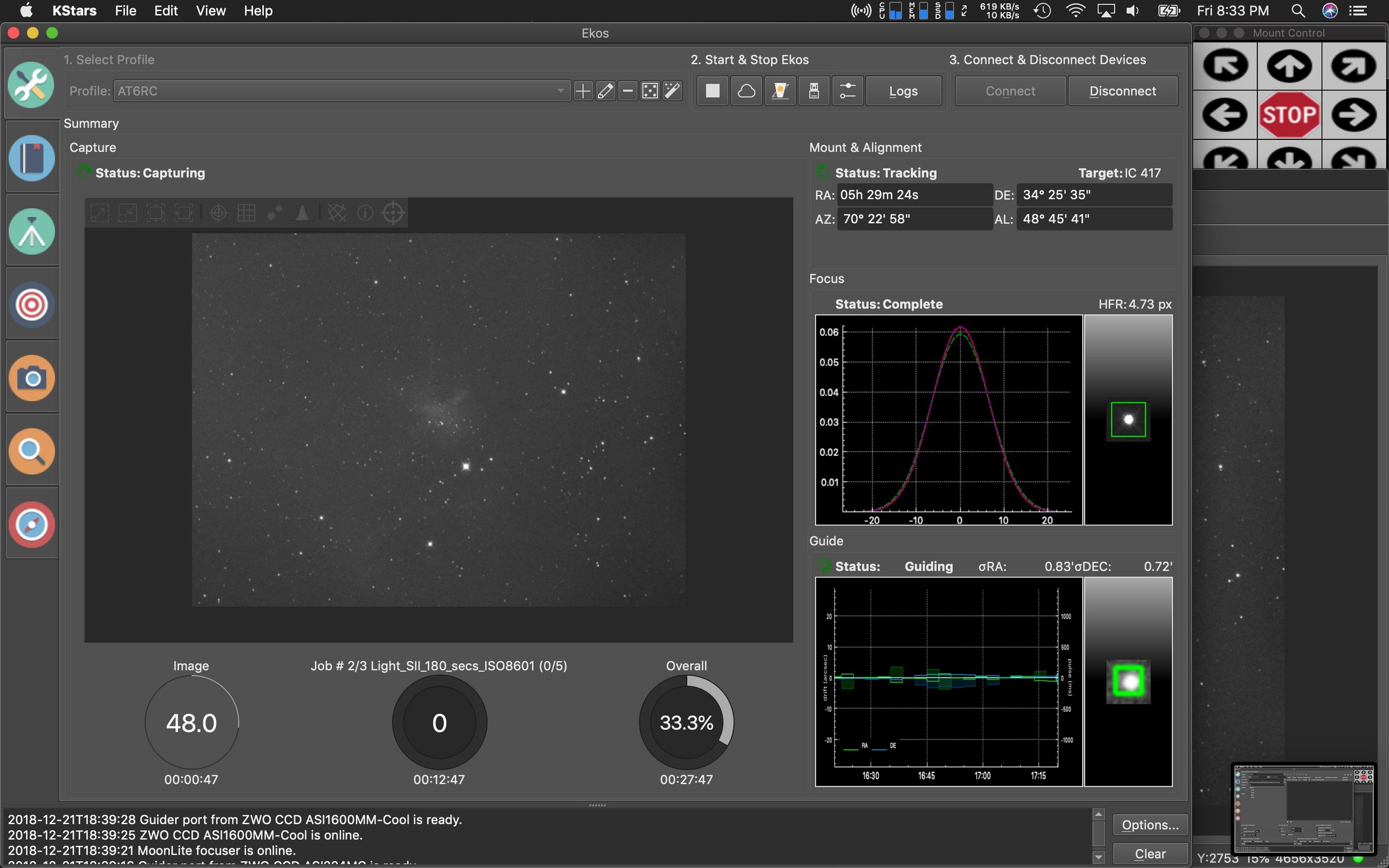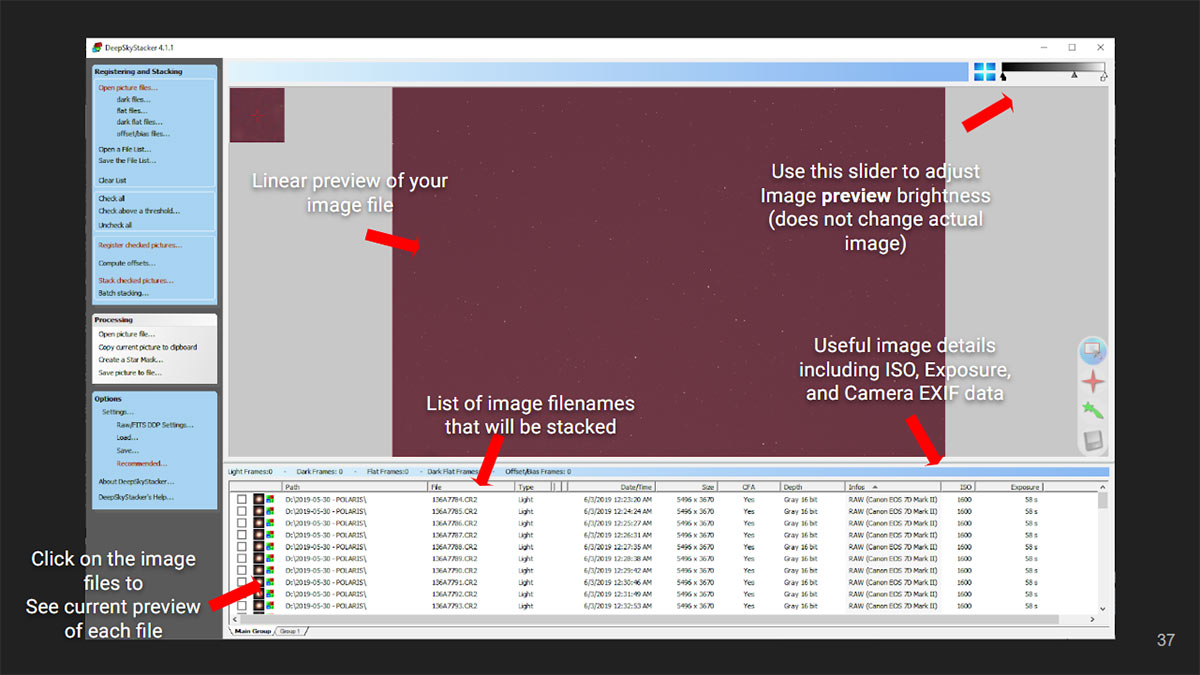

- #BEST STACKING SOFTWARE FOR ASTROPHOTOGRAPHY ISO#
- #BEST STACKING SOFTWARE FOR ASTROPHOTOGRAPHY PLUS#


And the Fujifilm astrophotography lens selection is quite excellent you can shoot with several fast 16mm lenses, a 14mm lens, and you’ll even be able to grab some powerful Samyang options. Honestly, it’s crazy that you can buy a camera this powerful for under $1000. And the design, while unorthodox, suits photographers who prefer a more tactile shooting experience. The X-T30 is also an impressively compact camera, which makes it ideal for astrophotographers who spend time on the road, or who enjoy hiking with their camera in tow. Related Post: Fujifilm X-T30 Review: A Great Camera for a Great Price
#BEST STACKING SOFTWARE FOR ASTROPHOTOGRAPHY ISO#
Realistically, the X-T30 can’t hold its own against a full-frame camera like the Z6, but you can still shoot at ISO 6400 and come away with crisp, printable images. High-ISO performance is great for an APS-C camera, especially given the price. While it’s not as flashy as the Nikon Z6 or the Sony a7 III, and while it doesn’t offer low-light shooting on quite the same level, you get a surprisingly capable body with access to a lot of powerful lenses.įujifilm isn’t the most popular camera brand out there, but its image quality is consistently top-notch - exactly what you want in night sky photography. If you’re looking for a budget alternative to the full-frame cameras on this list, then check out the Fujifilm X-T30. Add to that a relatively reasonable $2500 USD price, and you’ve got yourself a winner. Honestly, for dedicated astrophotographers, the IR cut filter alone makes this camera worthy of consideration. Access to a set of incredible Canon lenses is just icing on the cake. Then there’s the fully articulating screen, which is perfect for checking your composition and focus from odd angles.
#BEST STACKING SOFTWARE FOR ASTROPHOTOGRAPHY PLUS#
The camera offers a very nice 30 MP sensor, plus decent high-ISO performance, even if it isn’t quite as impressive as the Nikon Z6. In every other way, the Canon EOS Ra is just like the EOS R, which certainly isn’t a bad thing. Second, the EOS Ra offers enhanced Live View and electronic viewfinder magnification that way, you can ensure complete accuracy when focusing (which will prevent you from arriving home only to find a slew of blurry images on your memory card). Because H-Alpha wavelengths are a major component of certain types of starlight, the EOS Ra serves up improved detail - which makes for unusually stunning images of the night sky. The Canon EOS Ra is the only camera on this list specifically designed for astrophotographers, and that makes it special it offers several astrophotography-focused features that you won’t find elsewhere on this list.įirst, the EOS Ra features an IR cut filter, which allows Hydrogen Alpha wavelengths to reach the sensor. But if you’re a serious shooter in need of the best astrophotography camera on the market today, then the Z6 is the way to go.

And it offers a lot of camera, which makes it a poor option for photography beginners in search of a first astrophotography snapper. Plus, there’s always the option to shoot with third-party glass, such as the stellar Irix 11mm f/4, which tends to cost less while offering a similarly strong (or better) performance. Fortunately, the Z6 is very well-placed, offering access to both high-performing AF-S lenses (such as the 20mm f/1.8G) and excellent Z lenses (such as the 24mm f/1.8 S). You’ll love the tilting LCD, which will help you compose when shooting at night.Īn astrophotography camera is nothing without its lenses. The Z6 also just feels great, and pressing buttons in the dark becomes very easy, very fast. In astrophotography, it’s important to keep your shutter speeds below 20 seconds or so, which means you’re often shooting at ISOs of 6400 and beyond without the power of a Z6-like sensor, you’ll often end up with unusably noisy images. Noise doesn’t become apparent until around ISO 3200, and you can comfortably shoot until at least ISO 12800 (and potentially past that, depending on your end goal for the image). The Nikon Z6 quite possibly offers the best high-ISO performance of any camera on this list. If you’re after the absolute best astrophotography camera money can buy, look no further than the Nikon Z6, a camera that combines stellar low-light image quality, excellent ergonomics, and access to some of the most powerful astrophotography lenses on the planet.


 0 kommentar(er)
0 kommentar(er)
